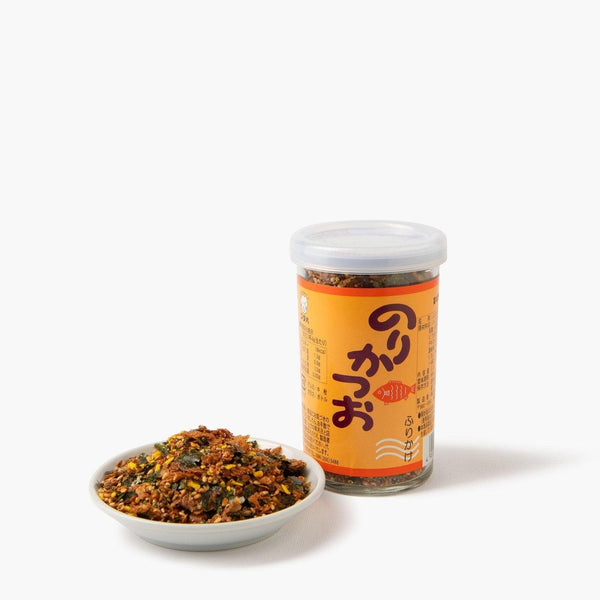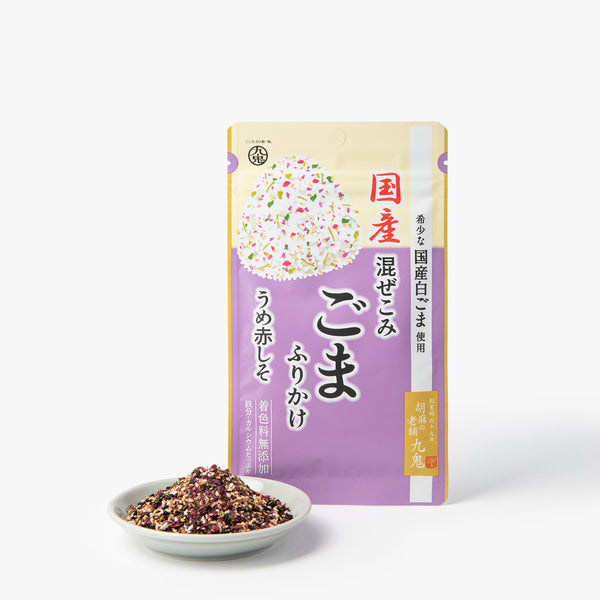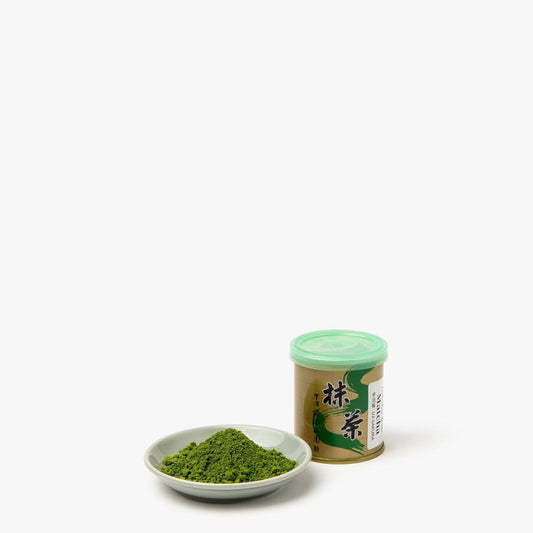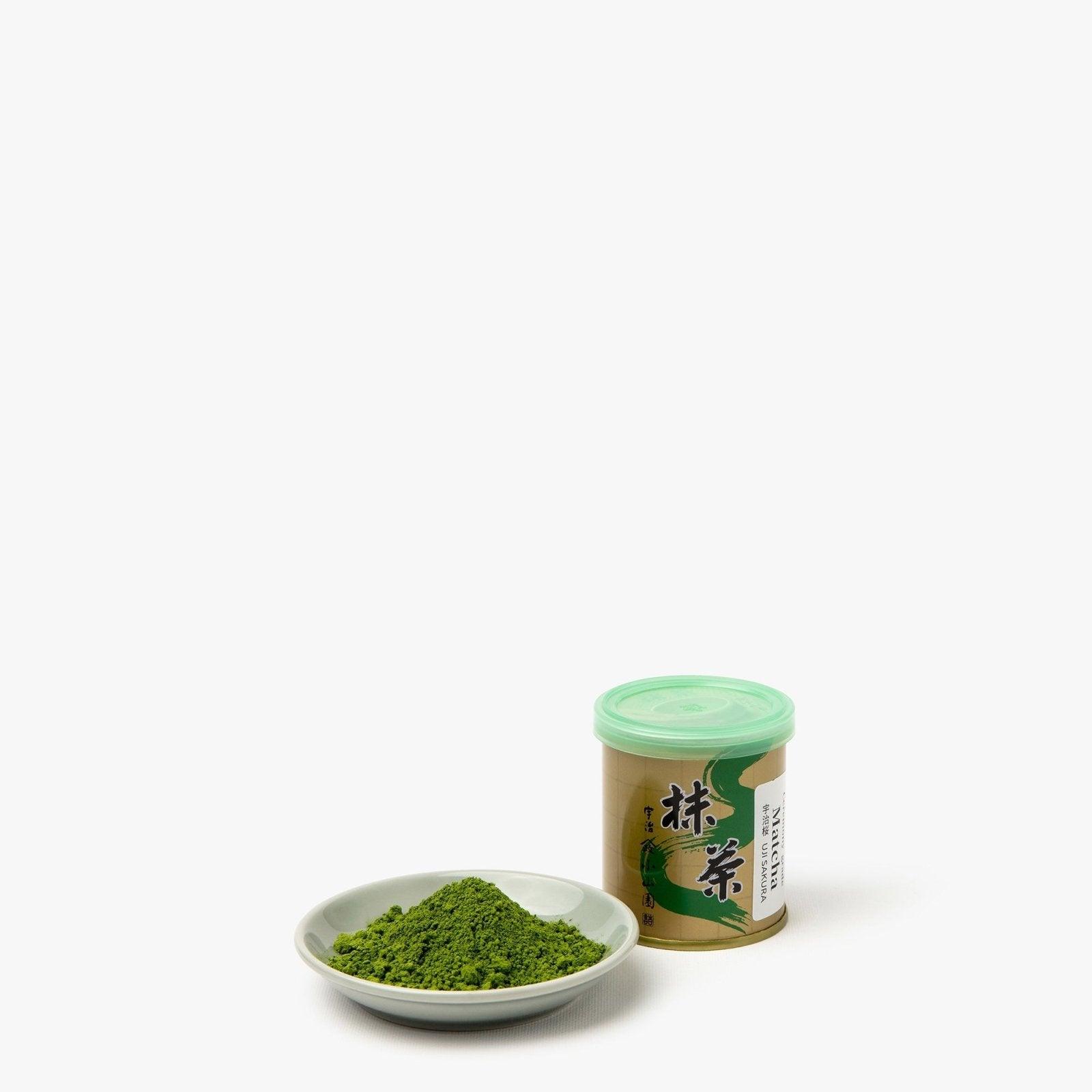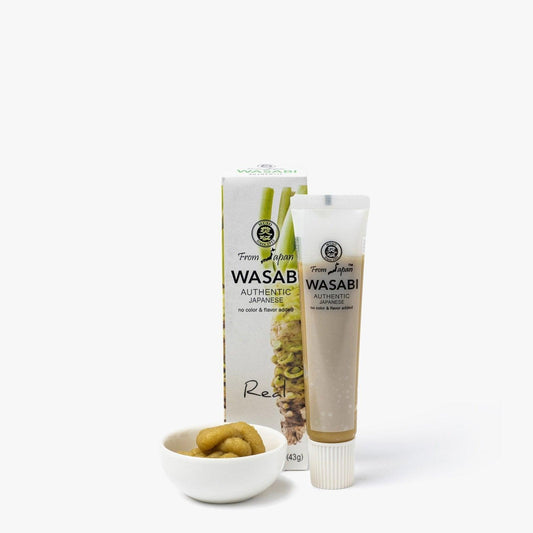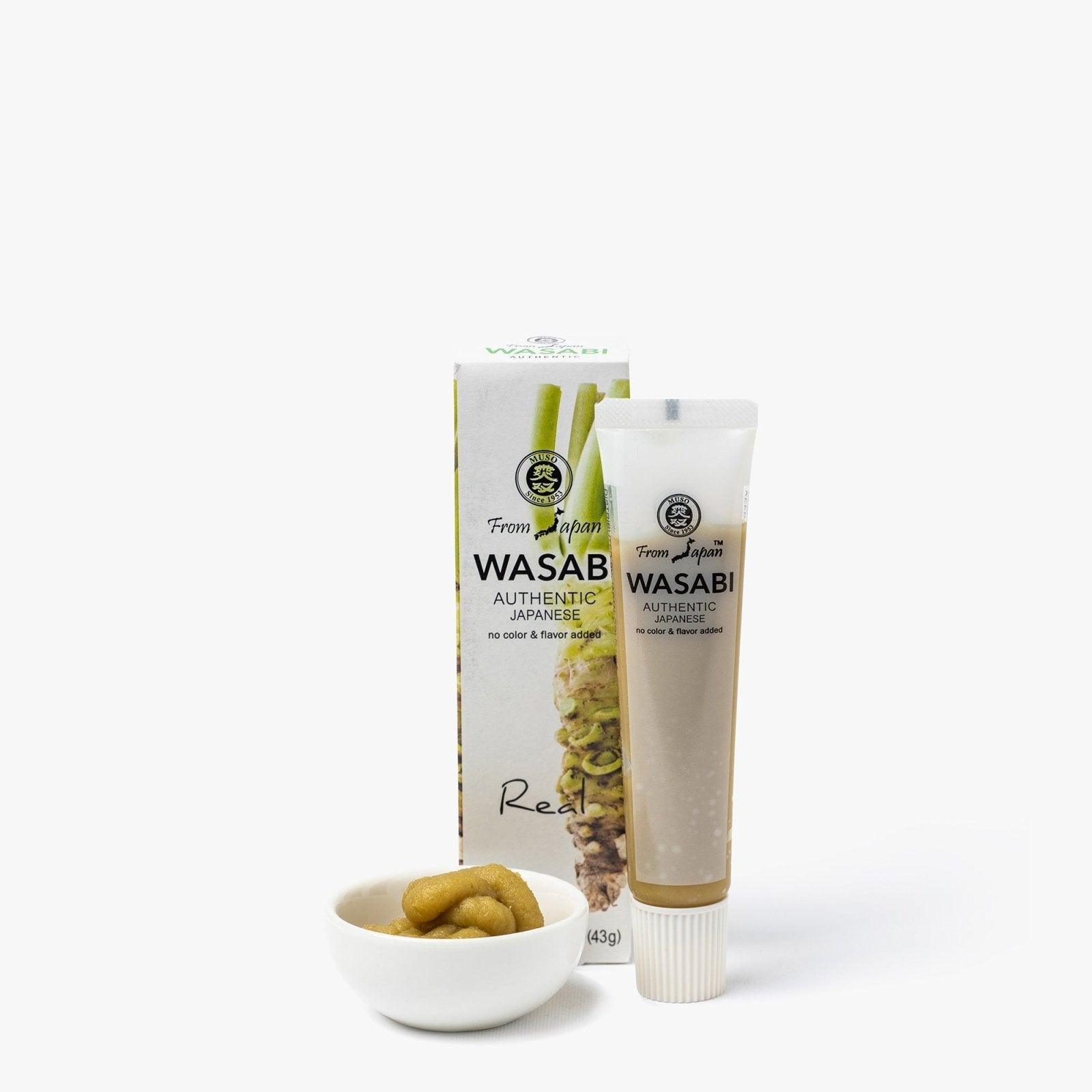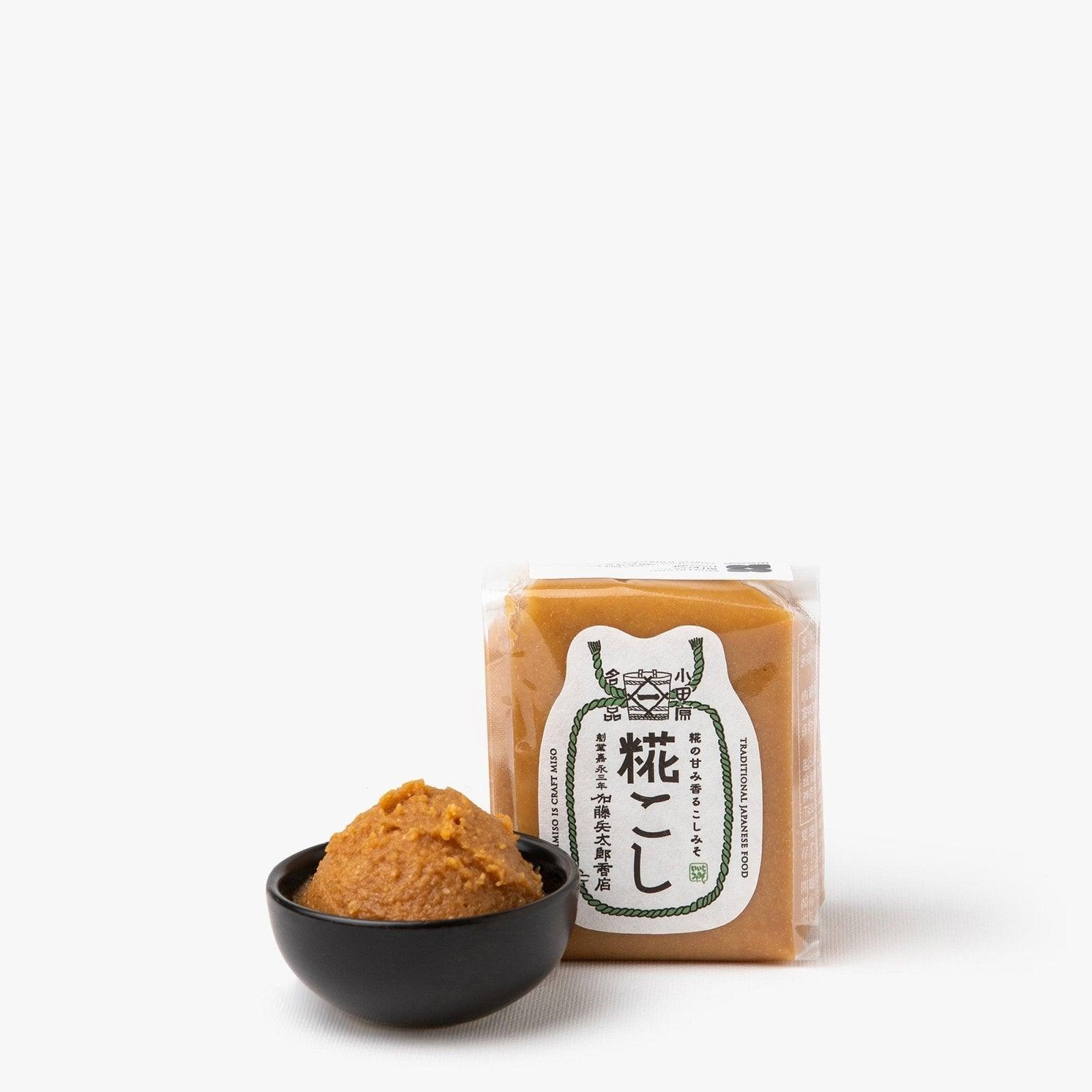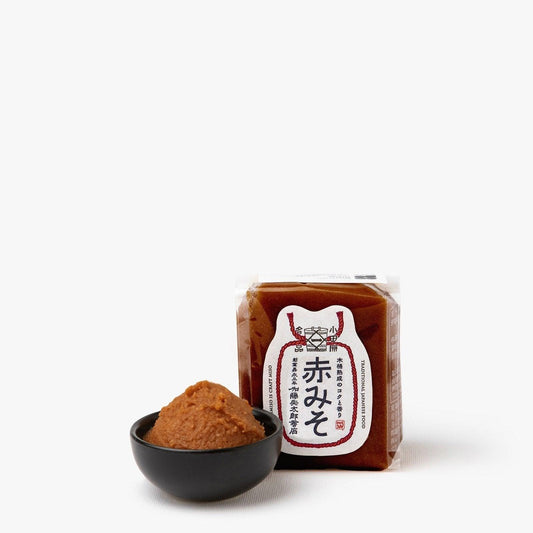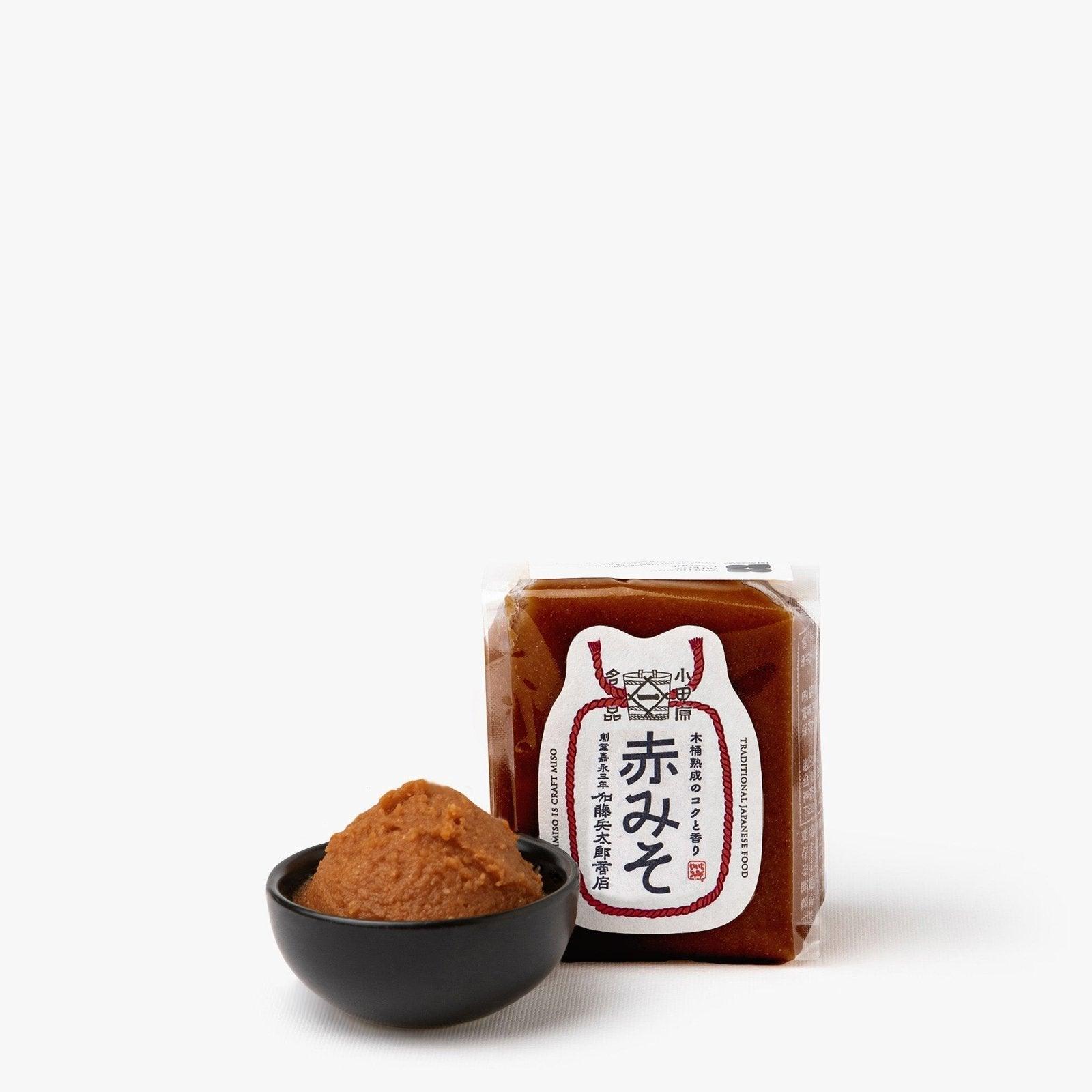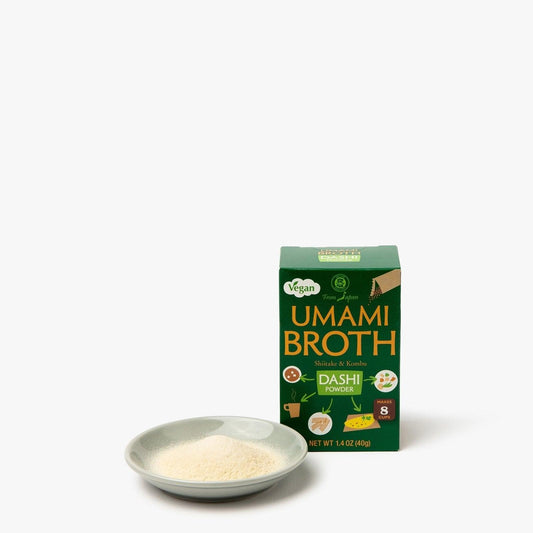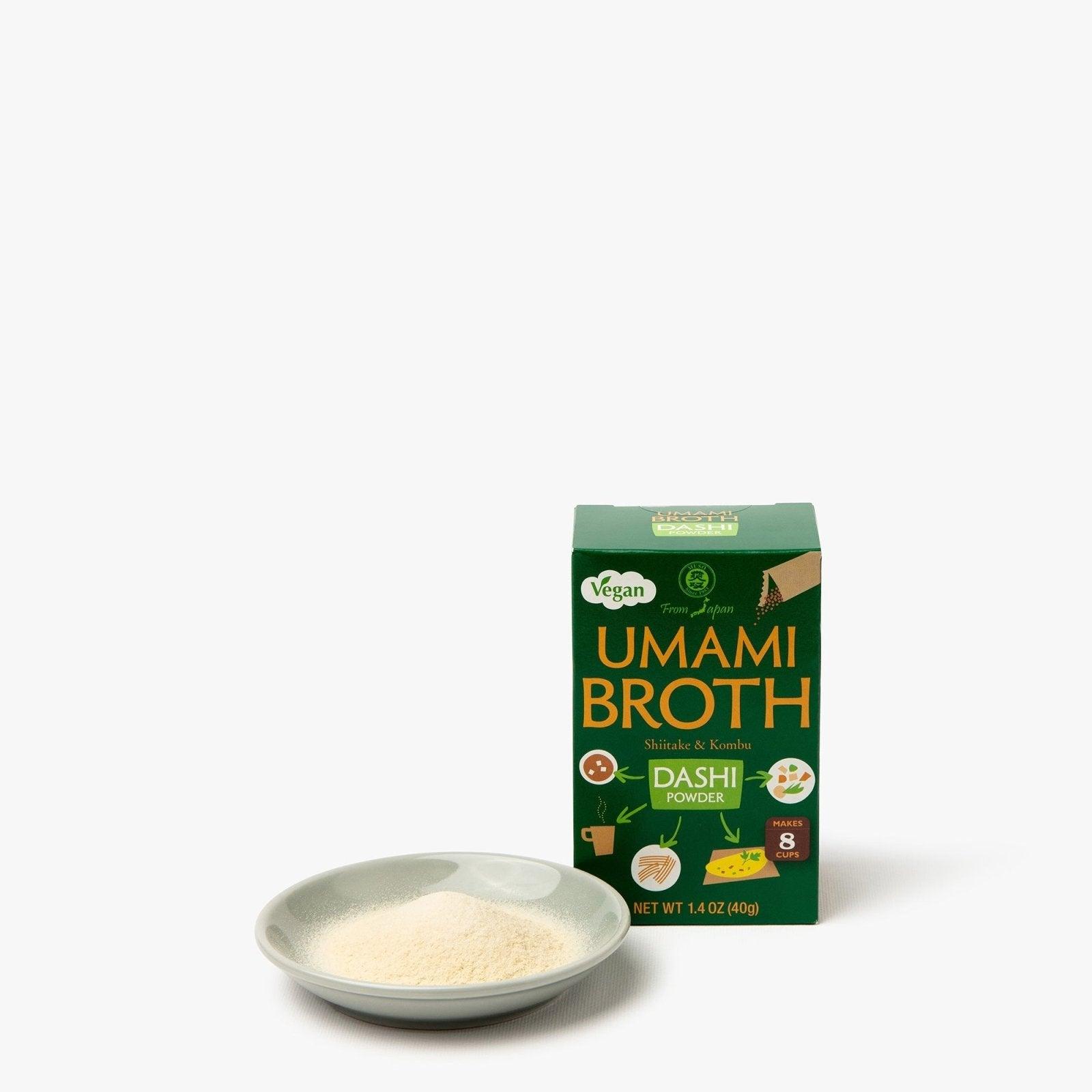Japanese cuisine seduces with its elegance, precision and respect for ingredients. Behind the apparent simplicity of its dishes lies a demanding technical mastery passed down from generation to generation. From the meticulous cutting of sashimi to the light frying of tempura, from fragrant simmering to steaming, every gesture is important and tells a story. This article invites you to discover the main Japanese culinary techniques, their origins, their philosophy and the subtleties that make up the richness of this refined gastronomy, deeply rooted in the culture of respect for seasons and products.
Table of contents
- Grilled or pan-fried (焼き物, yakimono)
- Simmered (煮物, nimono)
-
Chinese-style stir-fry (炒め物, itamemono)
- Steamed (蒸し物, mushimono)
- Frits (揚げ物, agemono)
- Raw (刺身, sashimi)
- Marinated and quickly seared (tataki, たたき)
- In clear soups (吸い物, suimono)
-
Brined or fermented (漬物, tsukemono)
- In a salad, dressed with a sauce (和え物, aemono)
- Pot-fried (鍋物, nabemono)
- Pickled in vinegar (酢の物, sunomono)
- Dried or dried (干物, himono)
- Dishes with beaten egg (卵料理, tamago ryōri, such as chawanmushi or tamagoyaki)
-
Closed or pressed (押し寿司, oshizushi; food compression, often for sushi or vegetables)
- Smoked (燻製, kunsei)
Grilled or pan-fried (焼き物, yakimono)
The term yakimono in Japanese cuisine refers to all dishes cooked by direct exposure to heat, generally by grilling or pan-frying. This technique emphasizes the simplicity and natural flavor of ingredients, whether fish, meat, tofu or vegetables.
Traditionally, yakimono refers to cooking over an open flame or on a grill, often with very little seasoning to let the quality of the product speak for itself. Salt-grilled fish (shioyaki) or chicken grilled in soy sauce (teriyaki) are emblematic examples. Today, frying pans are also widely used, especially for small-scale home preparations.
Cooking must be precise: the outside is slightly caramelized or crispy, while the inside remains juicy and tender. In many Japanese restaurants izakayathe yakimono is very popular, often served with white rice, a drizzle of lemon or a simple vegetable accompaniment.
Careful control of the fire - neither too strong so as not to burn, nor too mild to avoid drying out - is essential to the success of a good yakimono.
Simmered (煮物, nimono)
The nimono is a Japanese cooking method in which ingredients - vegetables, fish, meat or tofu - are slowly simmered in a fragrant broth made from dashi (Japanese stock), soy sauce, mirin (sweet cooking sake) and sometimes sugar. The aim is to impregnate the food with delicate flavors while preserving its texture.
Preparing a nimono depends on a subtle balance: the cooking time must be long enough for the ingredients to soak up the broth without losing their shape or becoming mushy. The heat is generally low, allowing slow, even cooking.
Traditional examples of nimonoinclude the nikujaga (meat and potato stew), kabocha no nimono kabocha no nimono (simmered pumpkin) or saba no misoni (mackerel simmered in miso).
The nimono is appreciated for its comforting taste and its ability to reveal the natural sweetness of ingredients. Served warm or at room temperature, it is a staple of traditional Japanese meals, often featured in ichiju sansai (a bowl of soup and three side dishes).
Chinese-style stir-fry (炒め物, itamemono)
The itamemono is a Japanese cooking technique inspired by Chinese cuisine. In this method, ingredients - often crunchy vegetables, meat, seafood or tofu - are quickly cooked in a frying pan or wok with a little oil.
The essence of itamemono lies in the speed and control of heat: food must be seared quickly to retain its freshness, color and crunchiness. The oil is heated to a high temperature, and the ingredients are constantly stirred to ensure even cooking without burning.
Seasonings vary from recipe to recipe, but often include soy sauce, miso, sake or stronger Chinese-inspired sauces. Emblematic dishes include yasai itame (vegetable stir-fry) or butaniku itame (pork stir-fry).
Very popular for its speed and rich flavour, the itamemono is an ideal technique for balanced, tasty everyday dishes.
Steamed (蒸し物, mushimono)
The mushimono is a Japanese cooking technique in which food is steamed, preserving its delicate texture and natural flavor. This method is appreciated for its ability to reveal the purity of ingredients while maintaining a high nutritional content.
The foods used for mushimono include fish, shellfish, tender meat and many vegetables. They are often lightly seasoned before cooking with salt, sake or soy, and sometimes placed on leaves (such as kombu or shiso) to add flavor during cooking.
One of the signature dishes in this category is chawanmushi a delicate salted egg cream, often garnished with shrimp, shiitake mushrooms and ginkgo.
Cooking is generally carried out using a traditional bamboo steamer or adapted modern utensils. Precise temperature control is essential to prevent food from becoming too hard or rubbery.
Frits (揚げ物, agemono)
L'agemono is the name given to all Japanese dishes made by deep-frying in a hot oil bath. This technique produces foods that are both crispy on the outside and soft on the inside, enhancing their flavors.
Among the agemono include tempura (light seafood and vegetable fritters coated in a thin batter), karaage karaage (marinated and deep-fried chicken pieces) and tonkatsu (breaded pork chop). Each dish uses specific breading or battering methods, often made with special flour, panko (Japanese breadcrumbs) or a light, ice-water-based batter.
Frying is carried out in oil maintained at a constant temperature, generally around 170 to 180°C. Good temperature control is essential to obtain an airy texture without excess fat.
In the Japanese tradition, frying is never heavy: the aim is to bring lightness and crunchiness, while respecting the natural balance of flavors.
Raw (刺身, sashimi)
The sashimi is one of the purest forms of Japanese cuisine, emphasizing the freshness and exceptional quality of ingredients. It consists of thin slices of raw fish, seafood and sometimes even meat, served without rice (unlike sushi).
How to prepare sashimi requires great skill with the knife: each type of ingredient is cut according to precise techniques that optimize its texture and taste. Tender-fleshed fish such as tuna (maguro) or yellowtail (hamachi) are often cut into thick slices, while more delicate fish can be cut into thin strips.
The sashimi is traditionally accompanied by wasabi, soy sauce for seasoning, and daikon (white radish) as a refreshing garnish. The absolute freshness of the products is paramount: fishing, preservation and cutting must be beyond reproach to preserve flavor, texture and food safety.
Marinated and quickly seared (tataki, たたき)
The tataki is a refined Japanese preparation method that combines light cooking with a flavorful marinade. Generally used for fish such as bonito (katsuo) or meats such as beef, this technique involves briefly searing the outside of the food over high heat, leaving the inside raw.
After this quick searing, the product is immediately plunged into iced water to stop the cooking process, preserving both its tenderness and freshness. It is then often marinated in a soy, vinegar, ginger or citrus-based sauce, before being cut into thick slices.
The tataki offers a unique taste experience: the outside is lightly grilled, perfumed by the marinade, while the inside remains raw and delicate. It is usually served with fresh garnishes such as grated ginger, garlic, scallions or herbs, enhancing both the texture and aroma of the product.
In clear soups (吸い物, suimono)
The suimono refers to light, delicately seasoned Japanese soups. Unlike richer soups such as misosuimono is based on a transparent broth, usually made from dashi (a broth made from kombu and dried bonito).
In a suimonoingredients are chosen for their finesse: small pieces of fish, shrimp, tofu, mushrooms, seasonal vegetables and fresh herbs. They are carefully arranged in the bowl to create an elegant, balanced presentation.
The seasoning is subtle: a few drops of light soy sauce, a little salt or lemon, to respect the natural taste of the ingredients. Served as an appetizer or side dish suimono illustrates the Japanese philosophy of simplicity and harmonious flavors.
Brined or fermented (漬物, tsukemono)
The tsukemono refers to vegetables marinated in salt, vinegar, soy sauce or spice blends, and plays an important role in traditional Japanese cuisine. These preparations can be simple or complex, depending on the ingredients used and the type of marinade. The process of fermentation or maceration gives tsukemono a crunchy texture and umami flavor that are the perfect complement to Japanese meals.
The vegetables commonly used for tsukemono include cucumber, radish, cabbage, ginger and even more exotic vegetables such as eggplant. Depending on the method of preparation tsukemono can be eaten fresh, after a short fermentation period, or stored and matured for several months. They can be sour, salty or slightly sweet, creating a perfect contrast to the often milder main courses.
They are often served as an accompaniment to a bowl of rice, soup or in bento (Japanese lunch boxes), bringing freshness and balance to the meal.
In a salad, dressed with a sauce (和え物, aemono)
The aemono are vegetable or fish salads, often seasoned with savory sauces that add an extra dimension of flavor. In Japanese cuisine, this technique allows fresh ingredients to be blended and topped with a subtle sauce, creating a perfect balance of sweetness, acidity and umami.
The ingredients used in aemono are varied, ranging from fresh vegetables such as spinach, green beans, lotus roots and seaweed, to raw or cooked fish. These ingredients are often chopped or thinly sliced, then mixed with a sauce that may include ingredients such as soy sauce, rice vinegar, sesame, mirin or miso.
One of the most popular variations of aemono is the goma-ae (ごま和え), which consists of vegetables seasoned with a sesame sauce. This recipe is simple yet rich in flavor and texture, thanks to the ground sesame seeds that add a touch of crunch and depth to the sauce.
The aemono are generally served as an accompaniment to main courses, bringing freshness and lightness to the meal. Sometimes they can be slightly sweet or slightly sour, depending on the sauce chosen, which balances the flavors of a traditional Japanese meal.
Pot-fried (鍋物, nabemono)
The nabemono are traditional Japanese dishes cooked in a pot and often served directly to the table. The term refers to a wide variety of soups and stews, typical of convivial family meals, where everyone can help themselves from the pot. The concept of nabemono is based on slow, shared cooking, allowing the ingredients to absorb the flavours of the broths and spices.
Types of nabemono:
The nabemono may vary widely according to Japanese region, season and available ingredients, but they all share one fundamental principle: cooking in a common pot.
-
Shabu-shabu (しゃぶしゃぶ) This dish consists of plunging thin slices of meat, usually beef, into a boiling broth, and quickly removing them as soon as they are cooked (the term "shabu-shabu" imitates the noise made by the meat being stirred in the broth). Accompanied by vegetables, tofu and sesame or soy-based sauces, it is an example of nabemono often eaten in winter.
-
Sukiyaki (すき焼き) Another classic of Japanese cuisine, sukiyaki is a stew of meat (often beef), tofu, vegetables and noodles, cooked in a sweet and sour broth made with soy sauce, sugar and mirin. This dish is also very convivial, served in a large pot in the center of the table.
-
Oden (おでん) : Oden is a Japanese winter specialty in which various ingredients such as eggs, daikon (Japanese radish), tofu, fish cakes (kamaboko), and rice noodles are simmered in a light broth made from dashi (seaweed and fish broth). This dish is particularly appreciated for its simplicity and comfort.
-
Chanko-nabe (ちゃんこ鍋) An emblematic dish of sumo wrestlers, chanko-nabe is a nabemono nabemono meat, fish, vegetables and sometimes noodles. It is rich in protein and is intended to provide the energy needed by wrestlers, but it is also enjoyed at convivial meals.
One of the most distinctive aspects of nabemono is its conviviality. Traditionally, the dish is shared between several people, creating a moment of sharing and warmth, especially during the cold months. The nabemono symbolizes hospitality and solidarity, and is often prepared at family gatherings or among friends.
This dish is also a great way to celebrate the cold season, with variations tailored to each time of year, offering a wealth of flavors and textures. Each ingredient cooked in the pot takes on an extra dimension when infused in the broth, making nabemono a simple yet extremely tasty culinary experience.
Our nabe selection:


Nabe blanc - Touga - € 68.00
Pickled in vinegar (酢の物, sunomono)
The sunomono are vinegar-marinated dishes in Japanese cuisine, usually prepared with vegetables, seafood or seaweed. Using this technique, fresh ingredients are marinated in a vinegar sauce that adds a touch of acidity and sweetness, creating a refreshing contrast that perfectly balances the other dishes in the meal.
The ingredients used in sunomono are varied, often including vegetables such as cucumbers and Daikon radish, or seaweed such as wakame. Seafood, such as shrimp or squid, is also a common addition. These ingredients are cut into thin slices or chunks, then marinated in a mixture of rice vinegar, sugar and salt, sometimes accompanied by mirin or soy sauce to enrich the taste.
One of the most popular variations of sunomono is the use of seaweed, particularly wakame, which adds a unique texture and subtle umami flavor. Another frequent variation is to marinate cooked shrimp or raw fish in vinegar, giving the dish an extra dimension of freshness and lightness.
The sunomono are often served as a starter or side dish in a Japanese meal, thanks to their freshness and acidity, which balance out richer or fattier dishes. Their slight sweetness or acidity makes them an excellent appetizer to stimulate the appetite and round off a traditional Japanese meal.
Dried or dried (干物, himono)
The himono (干物) refers to dried fish or seafood, a traditional Japanese preservation technique that intensifies their flavors. After being cleaned and salted, the food is dried in the sun or in a ventilated area, concentrating its umami and extending its shelf life.
This process is popular in Japanese morning meals, where dried fish is grilled and served with rice and vegetables. The himono is appreciated for its simplicity and deep flavor, and remains an essential method for preserving seafood in Japanese cuisine.
The himono are not only a preservation method, but also a staple ingredient in everyday Japanese cooking. Dried fish such as sakana no himono (dried fish) are often used in simple dishes such as shioyaki (salt-grilled fish). Their firm texture and strong flavor add a unique dimension to meals, providing a pleasant contrast to light accompaniments such as rice and fresh vegetables.
Beaten egg dishes (卵料理, tamago ryōri)
Dishes based on beaten egg, or tamago ryōri (卵料理), occupy an important place in Japanese cuisine. Among the most famous are chawanmushi and tamagoyaki.
The chawanmushi is a kind of savory flan, often served as an appetizer in Japanese meals. It is prepared with beaten eggs, dashi, soy sauce, and sometimes ingredients such as mushrooms, shrimp or chicken. This dish is steamed, giving it a soft, silky texture.
The tamagoyakiis a sweet and sour Japanese omelette, often served sliced over rice or as a garnish for sushi. It is prepared by cooking several layers of beaten eggs in a special rectangular pan, each layer seasoned with soy sauce, sugar and mirin. Its texture is light and airy, and its taste is characterized by a subtle balance between sweetness and umami.
Closed or pressed (押し寿司, oshizushi)
The oshizushi (押し寿司), or pressed sushi, is a traditional Japanese form of sushi where rice and ingredients are compressed in a box or mold into a compact shape. This technique creates well-structured sushi, with a beautiful presentation and a consistency that makes it easier to appreciate the flavors in a single bite.
Sushi rice, often seasoned with rice vinegar, is layered in the mold, then toppings such as fish, vegetables or seafood are added. Everything is then pressed together, creating a compression effect that allows the flavors to blend and strengthen.
The oshizushi is often associated with the Kansai region and is an older variant of sushi, where the pressing technique preserves and marries the ingredients in a unique way. Sometimes, vegetables such as cucumber or herbs are also compressed to bring an extra crunch and freshness to the dish.
Smoked (燻製, kunsei)
The kunsei (燻製) refers to smoked foods, an ancient technique used to preserve products while imparting deep, complex aromas. The smoke, generated by the slow combustion of wood or other vegetable matter, penetrates the food, modifying its texture and taste while adding fragrance.
In Japanese cuisine, this method is used for ingredients such as fish (notably salmon, mackerel or bonito), meat, as well as certain cheeses and vegetables. The smoking process can last several hours and is generally carried out at low temperatures, preserving the tenderness of the food while developing a rich, slightly woody flavor.
The kunsei is often used for dishes such as kaibashira (smoked fish), which is a staple in some Japanese regions, or in accompaniments to rice dishes and soups. This process not only adds a gustatory dimension, but also an attractive coloring that makes the appearance of the food even more appealing.












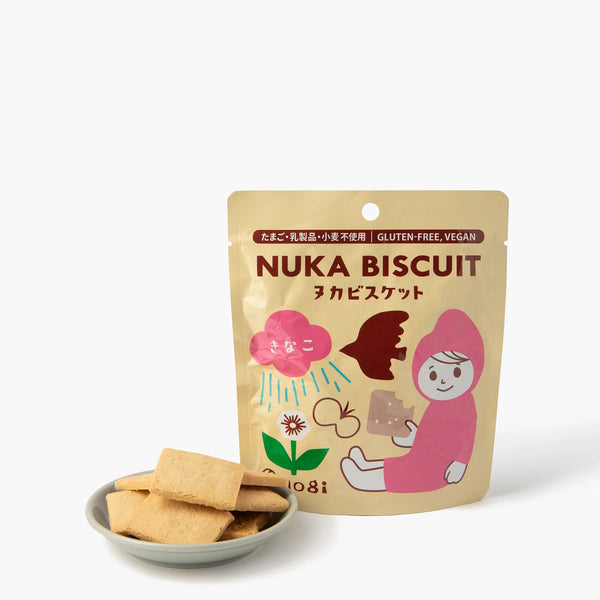
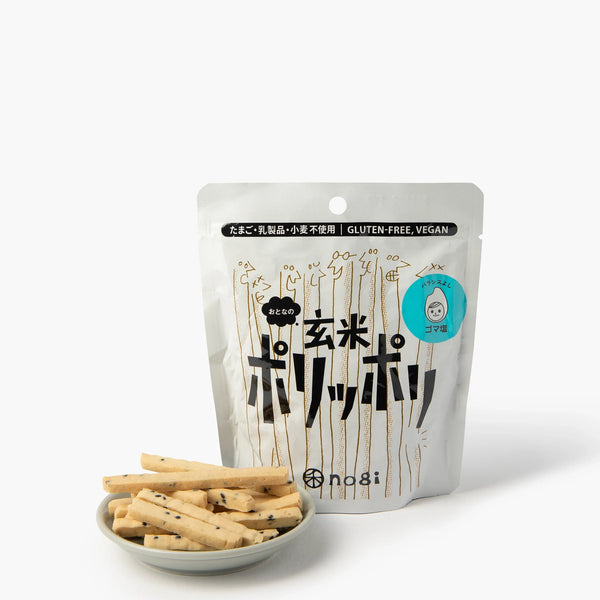

![Bento Végétarien [retrait le 13 Janvier au Cinéma Max Linder] Bento Végétarien [retrait le 13 Janvier au Cinéma Max Linder]](http://irasshai.co/en/cdn/shop/files/iRASSHAi-0672-_ClemenceSahuc.jpg?v=1766074270&width=600)
![Bento Carne [retrait le 13 Janvier au Cinéma Max Linder] Bento Carne [retrait le 13 Janvier au Cinéma Max Linder]](http://irasshai.co/en/cdn/shop/files/iRASSHAi-0678-_ClemenceSahuc.jpg?v=1766074285&width=600)
